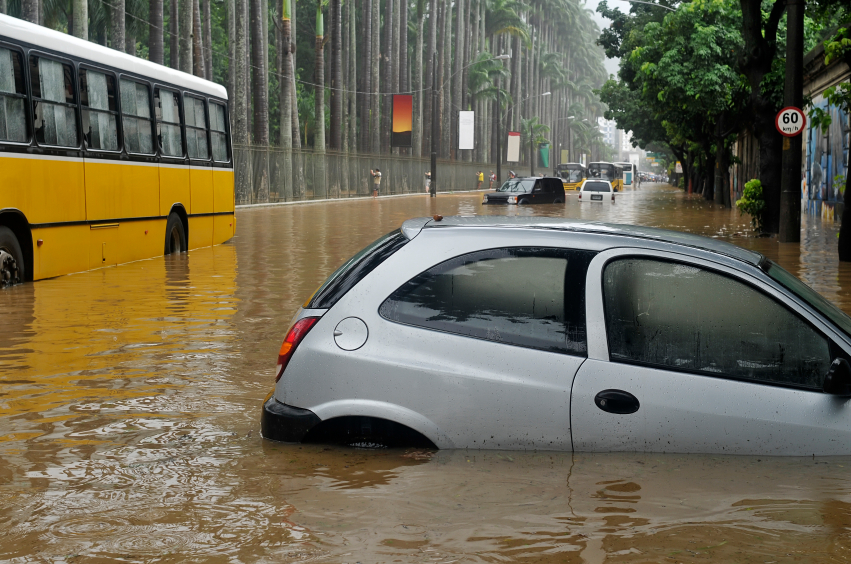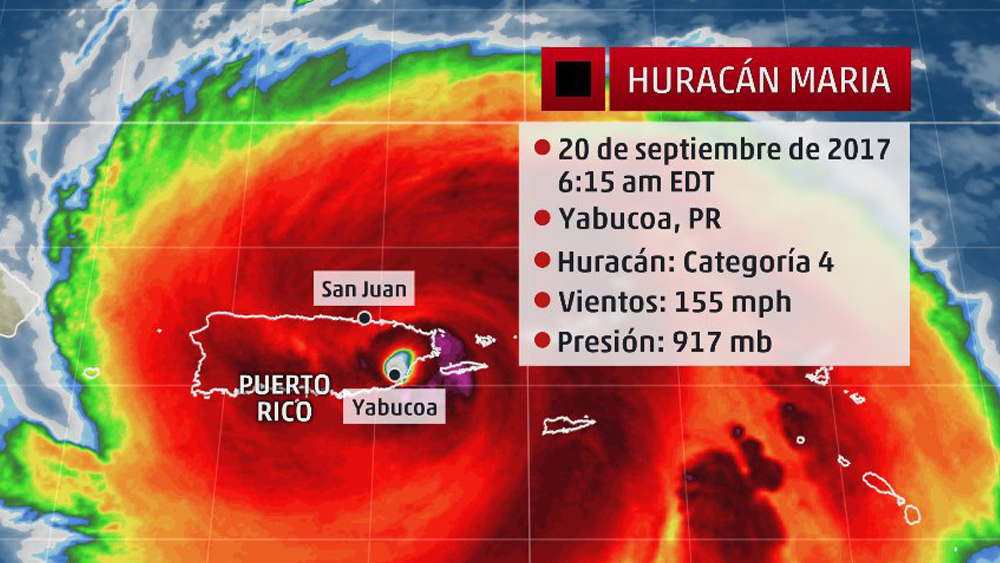Airplanes to stop flying on hot days due to global warming, say climate Cassandras
09/07/2017 / By Tracey Watson

If the global warming hysteria had not already reached alarming proportions it would almost certainly do so now. A recent study by researchers at Columbia University, published in the journal Climate Change, asserts that catastrophic man-made climate change is causing increasing global temperatures and more frequent heat waves, and will result in as many as 30 percent of all airplanes being grounded in the coming years.
Reuters is reporting that warmer air affects the ability of aircraft to generate sufficient lift, and as a result, if temperatures continue to rise, airlines will have to reduce their cargo, fuel and passenger loads, which will affect flight costs and inevitably cause delays and cancellations.
The researchers claim that while annual temperatures are only projected to rise by about 5.5° Fahrenheit (or 3° Celsius) by 2100 – a prediction, it should be noted, that not all respected scientists agree is accurate – an increased risk of heat waves is also predicted, which could cause serious issues for airlines. The study also claims that at certain airports, including New York’s LaGuardia and the Dubai International Airport in the United Arab Emirates, temperatures could rise by as much as 14° Fahrenheit (8° Celsius), necessitating the dumping of cargo for between 10 and 30 percent of fully loaded planes. [Related: Over 30,000 scientists say catastrophic man-made global warming is a complete hoax and science lie.]
New York’s John F. Kennedy Airport, Charles de Gaulle Airport in Paris, and London’s Heathrow (arguably some of the busiest airports in the world) are unlikely to be affected by future rises in temperature, according to the study.
Although Reuters asserts that this will result in slimmer profit margins for the airlines, it is far more likely that opportunistic companies will seize upon this study as an excuse to force ever-increasing airfares on passengers, and blame it all on “global warming.” [Related: Discover the truth at ClimateScienceNews.com.]
The fact is, as noted by the flight training website PilotFriend.com, pilots have always had to be aware of and adapt to changes in temperature – whether warmer or colder – as well as multiple other factors. Even the elevation of an airport affects air density, which in turn affects lift. Pilots also have to adapt to shorter or longer runways, since at higher elevations airplanes require longer runways to take off.
Pilots are trained to handle very hot conditions. As noted by the site:
“Air density also decreases with temperature. Warm air is less dense than cold air because there are fewer air molecules in a given volume of warm air than in the same volume of cooler air. As a result, on a hot day, an airplane will require more runway to take off, will have a poor rate of climb and a faster approach and will experience a longer landing roll.”
Humidity is yet another factor that must be considered:
“Humidity also plays a part in this scenario. Although it is not a major factor in computing density altitude, high humidity has an effect on engine power. The high level of water vapor in the air reduces the amount of air available for combustion and results in an enriched mixture and reduced power.”
And colder temperatures cause just as much trouble as hotter ones do:
“When the fuel in a wing fuel tank is very cold, the cold fuel in the tanks can so chill the aluminium wing surface that moisture in humid air or rain will turn to, frost or ice over the fuel tank.”
Pilots and airlines are already fully equipped to deal with flight conditions in very hot areas of the planet like California, Libya, Tunisia and Mali, so it is reasonable to expect that even if the Earth’s temperatures do rise in the coming years – and that is by no means a certainty – they will be able to make the necessary changes to adapt without grounding a third of the world’s airplanes.
Sources include:
Tagged Under: Airplanes, airports, climate change, flights, global warming, price hikes


















